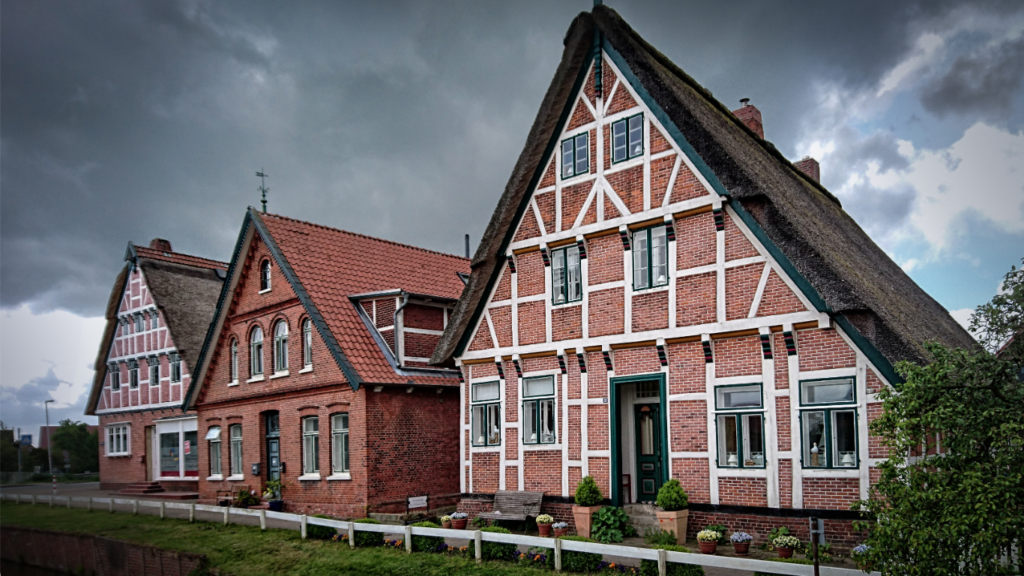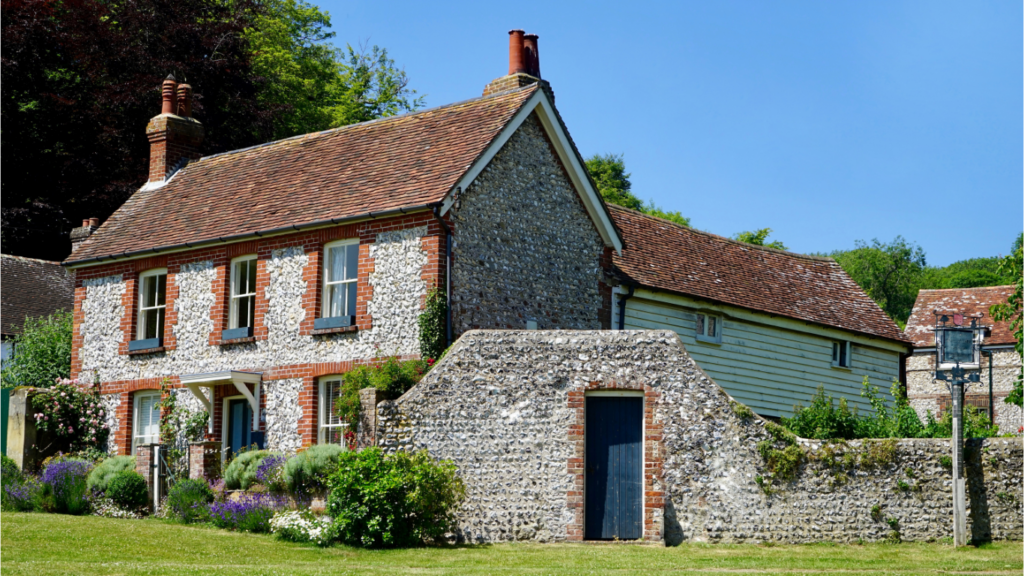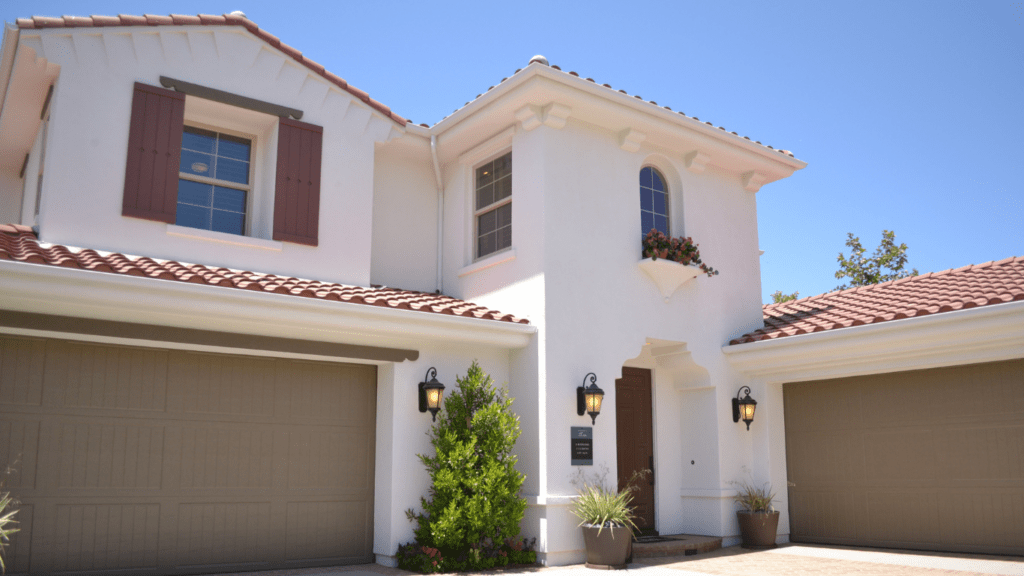The Popularity of Natural Stone in Exterior Design
Natural stone remains a favored choice in exterior design for several reasons, especially as we move into 2024. Its aesthetic appeal makes it versatile. Natural stone suits various architectural styles like rustic, modern, and traditional. Popular types include:
- granite
- limestone
- slate
each offering unique textures and colors. Durability is another key factor driving its popularity. Natural stone withstands harsh weather conditions like rain, snow, and extreme temperatures. This longevity makes it a cost-effective option over time, as replacements and repairs are minimal.
Sustainability also contributes to the rising trend. Natural stone is an eco-friendly material since it’s quarried rather than manufactured. Using local stone reduces transportation emissions, making it an environmentally conscious choice.
Homeowners and designers alike value the timeless elegance and resilience of natural stone. It not only elevates the aesthetic but also adds tangible value to properties. As 2024 approaches, it’s clear that natural stone will continue to dominate exterior design trends.
Key Benefits of Natural Stone
Using natural stone in exterior design offers numerous advantages, making it a favored choice among homeowners and designers. Its blend of beauty and practicality sets it apart.
Durability and Longevity
Natural stone withstands extreme weather conditions, from searing heat to freezing cold. Granite, limestone, and slate resist wear and tear, ensuring that surfaces remain intact for decades. This durability minimizes maintenance costs, offering a cost-effective long-term investment.
Aesthetic Appeal
Natural stone enhances the visual aesthetics of any exterior space. Its unique textures and colors create a sophisticated and timeless look. Each stone, whether travertine or sandstone, brings its distinct charm, elevating patios, walkways, and facades. This variety allows for diverse design possibilities, catering to both traditional and contemporary tastes.
Sustainability
Natural stone is an eco-friendly material, sourced directly from quarries. Its low environmental impact makes it ideal for sustainable design projects. Unlike manufactured materials, it doesn’t release harmful emissions during production. Over time, natural stone blends seamlessly with its surroundings, promoting a harmonious balance with nature.
Timeless Trends for 2024
Using natural stone in exterior design continues to be a classic approach as we enter 2024. Designers and homeowners alike are embracing new trends and applications.
Trending Natural Stone Types

- Three natural stone types stand out in 2024: granite, limestone, and slate.
- Granite remains favored for its durability and variety of colors, including black, pink, and green.
- Limestone, known for its subtle earth tones like beige and gray, seamlessly integrates into different landscapes.
- Slate’s unique texture and colors, like blue and rust, offer a distinct look for outdoor spaces.
- These types provide timeless elegance and long-lasting appeal.
Popular Applications
Natural stone finds versatile uses in exterior design. Pathways, patios, and retaining walls form just the beginning. Fire pits made from granite add focal points to outdoor living areas, while slate roofing offers both durability and aesthetic charm. Limestone facades enhance the architectural beauty of homes, and stone veneers become a preferred choice for exterior walls. These applications highlight natural stone’s versatility and elegance in modern designs.
Color and Texture Trends
In 2024, natural stone colors range from neutral shades to more vibrant hues. Earthy tones continue to be popular, aligning with sustainable design trends. Unique textures, such as flamed granite and brushed limestone, add depth and interest to surfaces. Mixing different stone surfaces in a single project creates visual contrast and dynamic aesthetics. This trend emphasizes the importance of texture and color in achieving timeless designs.
Maintenance and Care
Maintaining natural stone ensures it retains its beauty and durability for years.
Cleaning Tips
Regular cleaning helps preserve natural stone’s appearance. Use a mild detergent and water solution to clean surfaces, avoiding harsh chemicals that can damage the stone. Rinse thoroughly to remove soap residue. For deeper cleans, use a stone-specific cleaner following manufacturer instructions to avoid etching or discoloration. Periodically, sweep or use a leaf blower to keep debris from accumulating, especially on outdoor patios and pathways.
Preventing Damage
Protect natural stone from potential damage by sealing it every 1-2 years. Sealing offers a barrier against stains and moisture, extending the stone’s lifespan and maintaining its look. If heavy objects could scratch or chip the surface, use protective mats or pads underneath them. Avoid using de-icing salts on stone walkways in winter as they can cause erosion; opt for sand or a non-corrosive de-icer instead. Additionally, trim nearby plants and bushes to prevent roots from disrupting stone pathways or patios. Regular inspections help identify and address minor issues before they escalate.
Budget Considerations
Investing in natural stone for exterior design involves weighing several budget factors. It’s essential to assess both upfront costs and long-term value to make informed decisions.
Cost vs. Value
Natural stone might have higher initial costs compared to alternative materials. Granite and limestone, for example, can cost between $10-$30 per square foot while slate ranges from $20-$40 per square foot. However, the long-term value often outweighs the initial outlay. Natural stone’s durability minimizes replacement and repair expenses, making it cost-effective over time. Additionally, it boosts property value due to its timeless appeal and resilience. Considering both installation and maintenance costs helps in setting a realistic budget and ensuring the investment pays off in the long run.
Finding Quality Materials
Sourcing high-quality natural stone at competitive prices is crucial. Start by researching reputable suppliers who provide consistent material quality. Online reviews and industry certifications offer useful insights into supplier reliability. Visiting local quarries or stone yards allows firsthand inspection of stone slabs, helping to assess color and texture. For instance, ensure granite has uniform patterns and check limestone for consistent tones. Consider buying in bulk or during off-peak seasons to secure better deals. Establishing good relationships with suppliers can also lead to discounts and premium selections. Choosing quality materials carefully ensures the longevity and aesthetic of exterior designs.



 Wesleyero McGill – Founder & CEO
Wesleyero McGill is the visionary behind Castle Shelf House, bringing over a decade of experience in home renovation and design. His passion for creating beautiful, functional spaces has led him to establish this platform, where he shares the latest trends in interior and exterior design. As Founder and CEO, Wesleyero is dedicated to offering expert advice on furniture placement, home styling, and renovation, helping homeowners transform their spaces with ease and confidence.
Wesleyero McGill – Founder & CEO
Wesleyero McGill is the visionary behind Castle Shelf House, bringing over a decade of experience in home renovation and design. His passion for creating beautiful, functional spaces has led him to establish this platform, where he shares the latest trends in interior and exterior design. As Founder and CEO, Wesleyero is dedicated to offering expert advice on furniture placement, home styling, and renovation, helping homeowners transform their spaces with ease and confidence.
